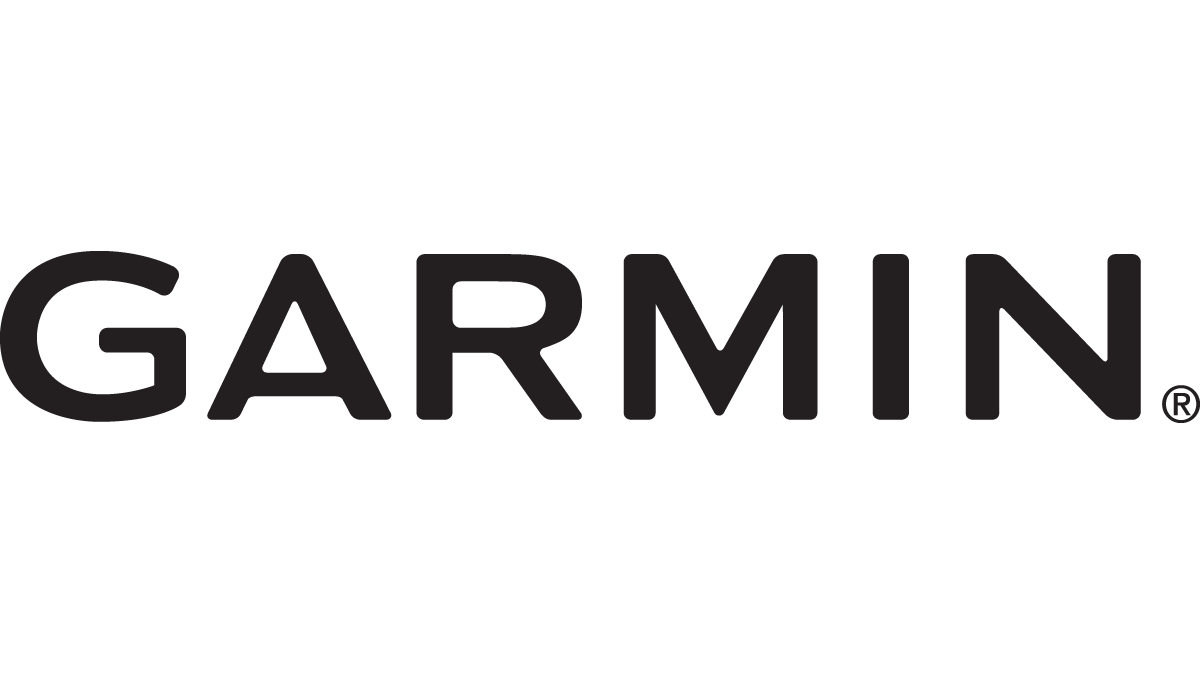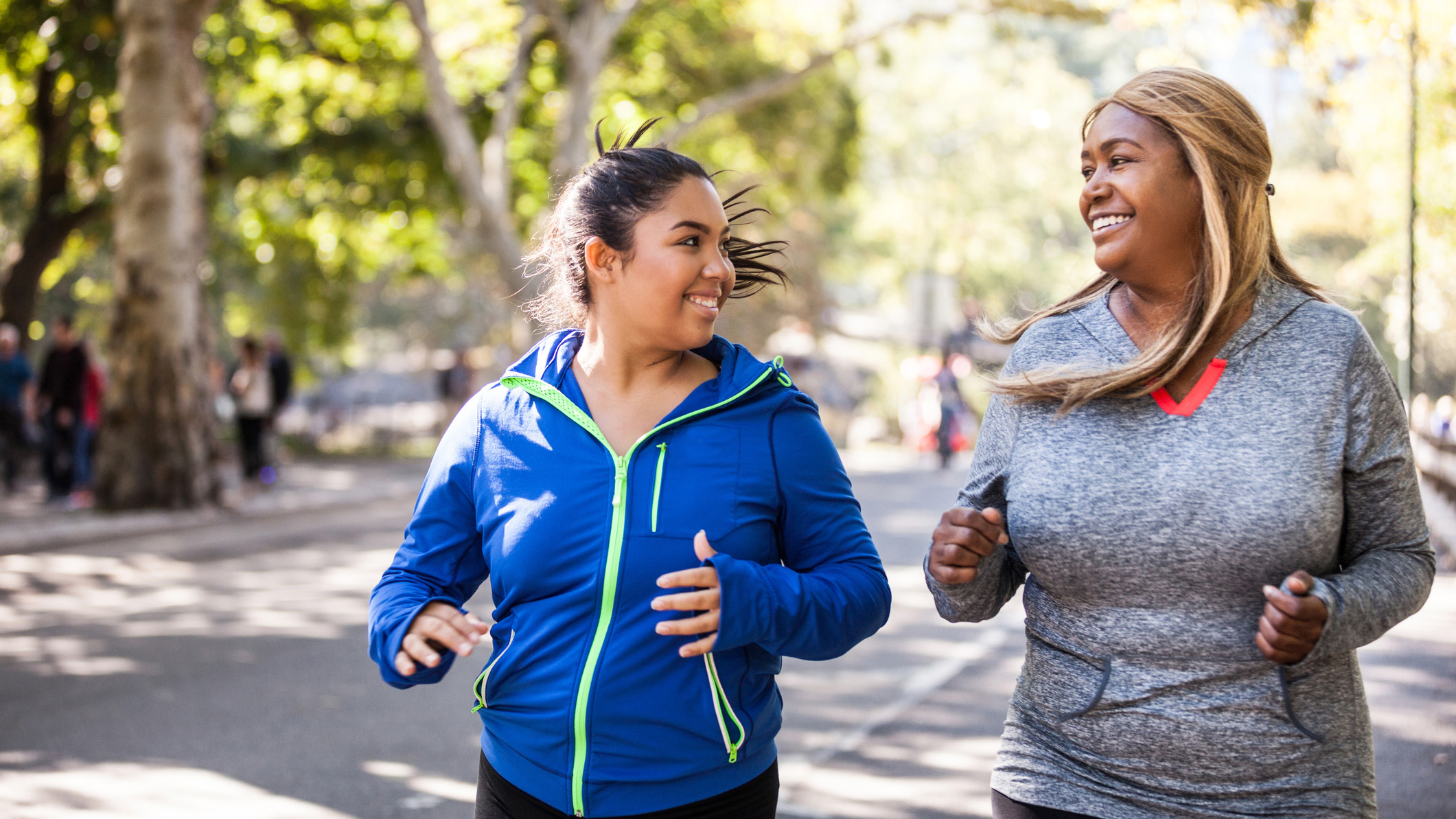

Runners like to run as fast as often as they can. It makes sense; if you run faster, you cover more distance at the same time as others who run slower, which will make you look good among your peers and help you feel better about your training. However, those who want to get better at running should consider slowing down—a lot.
Admittedly, there is a psychological benefit to running fast. Often, easy runs on Sundays can end up being a trial run for your next half marathon, putting a lot of stress on your body and having the complete opposite effect on your cardiovascular system than intended. However, it makes it easier to justify those post-run muffins, beer and other treats.
"Easy runs should be easier than many runners run at, often due to runners wanting to get 'bang for their buck' with training time," says Simon James, founder of Run the Wild, "They should allow the body to recover enough to allow the hard runs to be run hard." Not something you can achieve if you're going at full speed at every session you might have!
Slow training isn't new science, either. Research from almost 15 years ago suggests that "combining large volumes of low-intensity training with careful use of high-intensity interval training throughout the annual training cycle is the best-practice model for the development of endurance performance."
How slow should you go to enjoy the benefits of slow training? What's the right mix of slow and fast training? Let's find out.
What are heart rate zones and how to use them
Slow for one person might not be slow for another, so it's hard – if not impossible – to determine a slow pace for everyone in the world. The best metric to define what slow training is would be heart rate zones.
You can segment your heart rate from resting to maximum in any number of zones, but most running watches, including Garmin watches, use a 5-zone system, which includes Warm-up (Zone 1), Easy (Zone 2), Aerobic (Zone 3), Threshold (Zone 4) and Maximum (Zone 5).
Sign up to the T3 newsletter for smarter living straight to your inbox
Get all the latest news, reviews, deals and buying guides on gorgeous tech, home and active products from the T3 experts
When we talk about slow training, we mean Zone 2. It's a comfortable pace with slightly deeper breathing than if you walked, allowing you to have a conversation with your running partner. "When I'm coaching, I tell my runners that they should be able to have a conversation while training," says Sabrina Pace-Humphreys, running coach and ultrarunner, "It might be a little ‘breathy’, but they can hold it."

Zone 2 training
"Training your body to maintain a Zone 2 state in order to go for longer distances in sports like running, cycling, or swimming is a key training goal," explains Pace-Humphreys, "It's about endurance and experiencing a comfortable training state, pace and energy expenditure that feels like you could do it for a LONG time."
"Low HR (heart rate) training can be very beneficial for runners coming back from injury or from an absence from running to reduce the risk of overtraining and injuries," adds Simon James.
And since it's a zone, not a specific heart rate, you can mix up Zone 2 training by incorporating relatively faster sessions at the maximum end of the zone with slower, almost brisk walking days. "Even adding a walk with some inclines or a power hike will achieve it," Pace-Humphreys chimes in.
It's important to stress that what Zone 2 means to you could differ from someone who runs or cycles hundreds of miles a week. This makes Zone 2 training more accessible – it can be scaled up (or down) depending on your fitness level. Plus, doing more slow training can help improve endurance. "For most people, there are no downsides to Zone 2 training," says Pace-Humphreys.
How does Zone 2 training help enhance performance? Among other things, it improves stamina, which, according to Asics, boosts your body's transfer of oxygen from the lungs into the bloodstream more efficiently (a.k.a. higher VO2 max), increases the amount of blood being carried to the muscles every minute, enhances your body's ability to flush out the by-products of exercise, such as lactic acid, and more.
Pace-Humphreys suggests that, depending on your activity, you may see benefits from integrating other forms of training that are more challenging and give you the desired training effect. "For most of us, the goal is 80/20 split – 80% easy and 20% spicy."
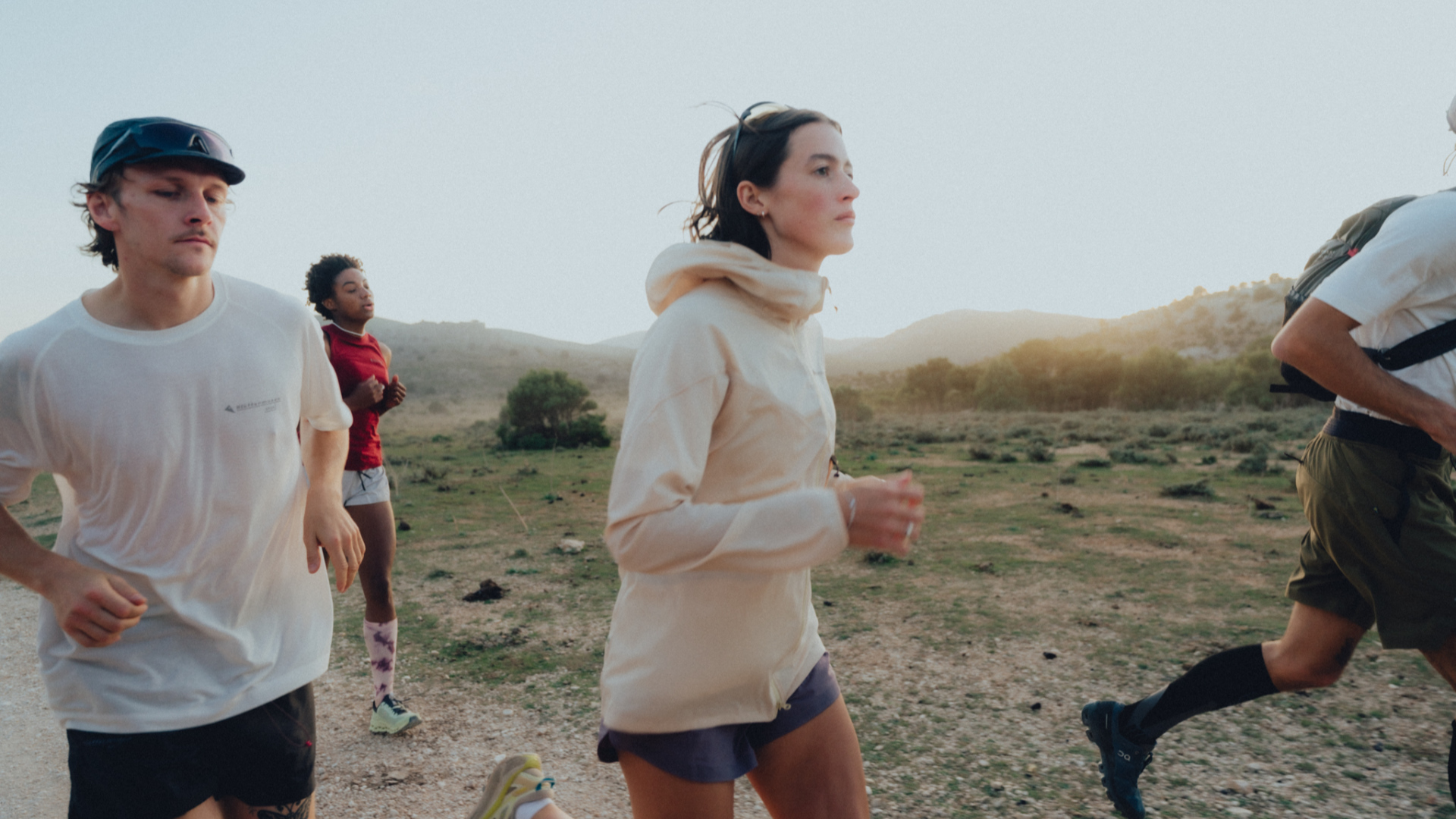
The 80/20 split
This 80/20 split is what you want to strive for, and what it means is that 80% of your workouts should be in Zone 2, while the rest in higher heart rate zones, doing targeted exercises, such as interval training or tempo runs. This allows your body plenty of time to recover, which, in turn, helps you push yourself hard on hard sessions.
"The easy runs should indeed be easy, while the '20' should be at a significantly more uncomfortable level," says Simon James, "The easy runs should allow the body to recover enough to allow the hard runs to be run hard."
It's worth reiterating that 'easy' and 'hard' are subjective metrics. Runners might have noticed that most performance wearables these days ask for a 'perceived extortion rate' after workouts. Although it might not look like you had a strenuous session based on the stats, you could have felt terrible doing it, nevertheless.
"HR is a very individual metric, influenced by a lot of factors other than just fitness, such as age, gender and genetics, and external factors such as diet, medication, and mental stressors," warns Simon James, "Outright HR levels may be less relevant than relative zones."
Even if you're not getting ready for your next marathon, it's worth trying slow training, as it can help you build better aerobic foundations. And should you ever decide to push yourself harder on a race or elsewhere, you can rest assured your muscles and cardiovascular system will be ready.
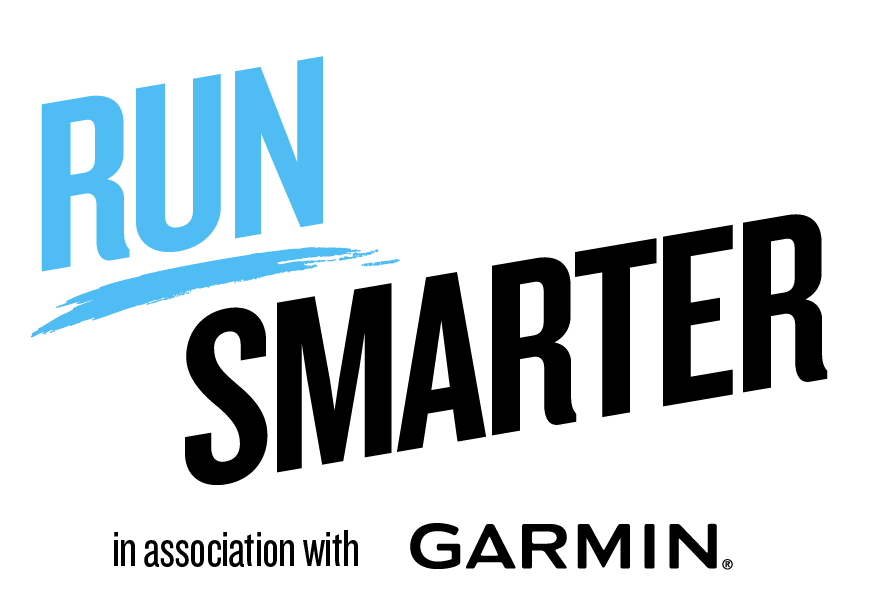

Matt Kollat is a journalist and content creator who works for T3.com and its magazine counterpart as an Active Editor. His areas of expertise include wearables, drones, fitness equipment, nutrition and outdoor gear. He joined T3 in 2019. His byline appears in several publications, including Techradar and Fit&Well, and more. Matt also collaborated with other content creators (e.g. Garage Gym Reviews) and judged many awards, such as the European Specialist Sports Nutrition Alliance's ESSNawards. When he isn't working out, running or cycling, you'll find him roaming the countryside and trying out new podcasting and content creation equipment.
-
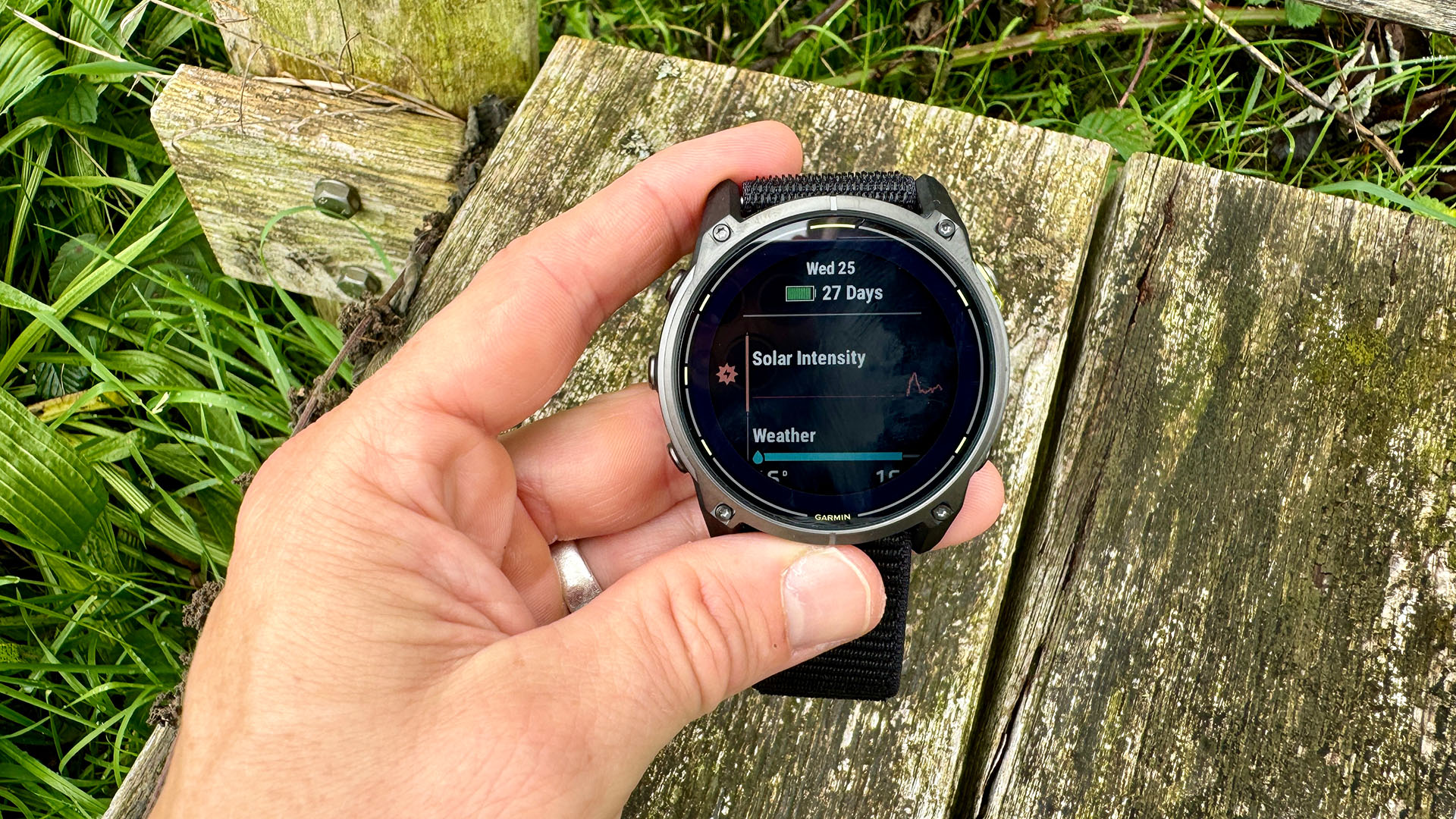 Garmin’s on a mission to update your wrist into oblivion as 100+ tweaks land on Fenix and Enduro watches
Garmin’s on a mission to update your wrist into oblivion as 100+ tweaks land on Fenix and Enduro watchesThe latest beta update looks comprehensive
By Matt Kollat Published
-
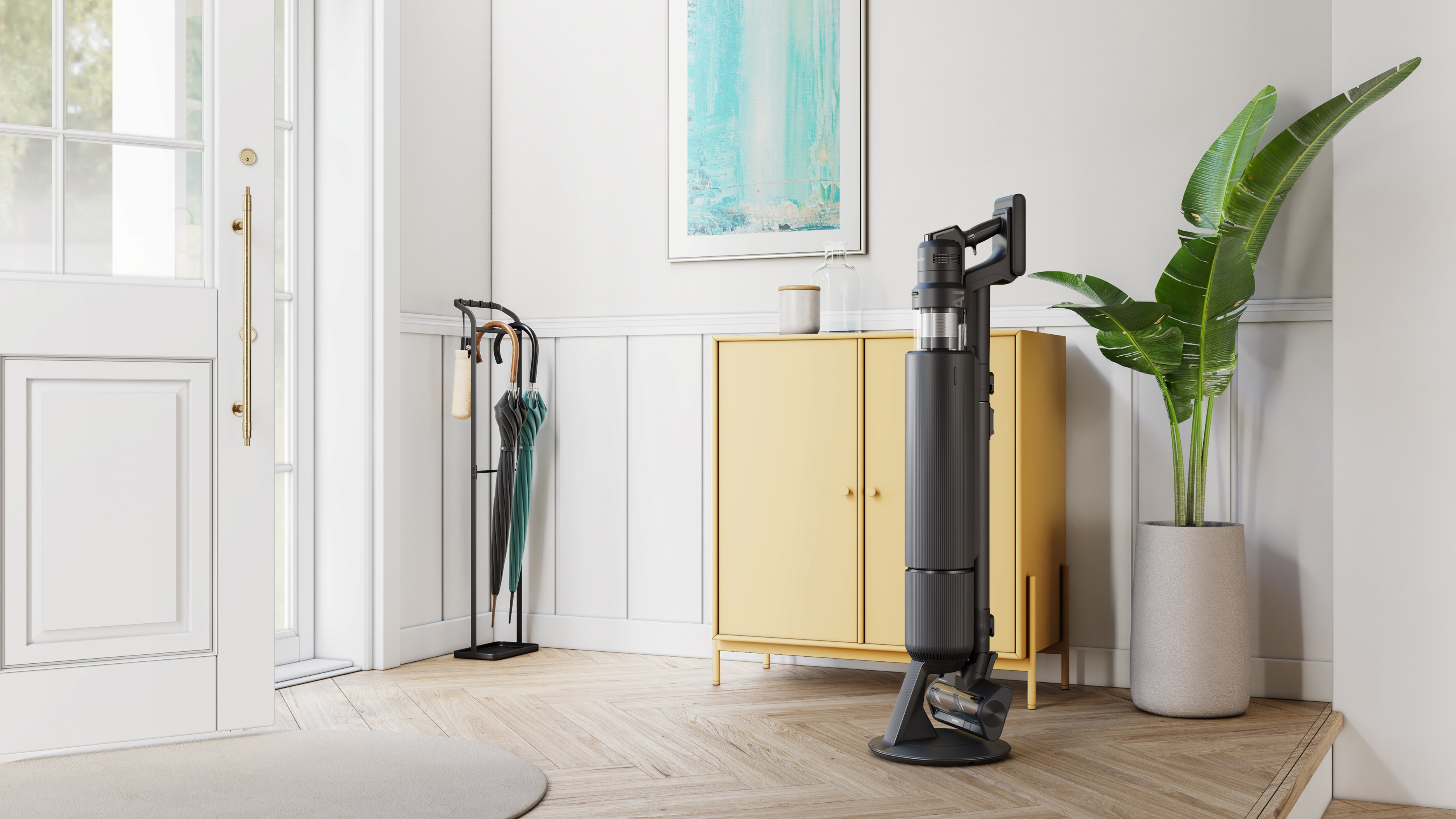 5 reasons you should be excited about the brand new Samsung Bespoke AI Jet Ultra
5 reasons you should be excited about the brand new Samsung Bespoke AI Jet UltraNot sure if it’s obvious... but I can't wait to try it
By Lizzie Wilmot Published
-
 3 overrated shoulder exercises, according to a fitness expert (and what to do instead)
3 overrated shoulder exercises, according to a fitness expert (and what to do instead)Sculpt 3D shoulders whilst minimising injury with these three alternative exercises
By Bryony Firth-Bernard Published
-
 5 last-minute marathon tips from an athletics champion to help you race like a pro
5 last-minute marathon tips from an athletics champion to help you race like a proEuropean Silver Medalist Holly Archer shares some words of wisdom to make your 26.2 mile journey a good one
By Bryony Firth-Bernard Published
-
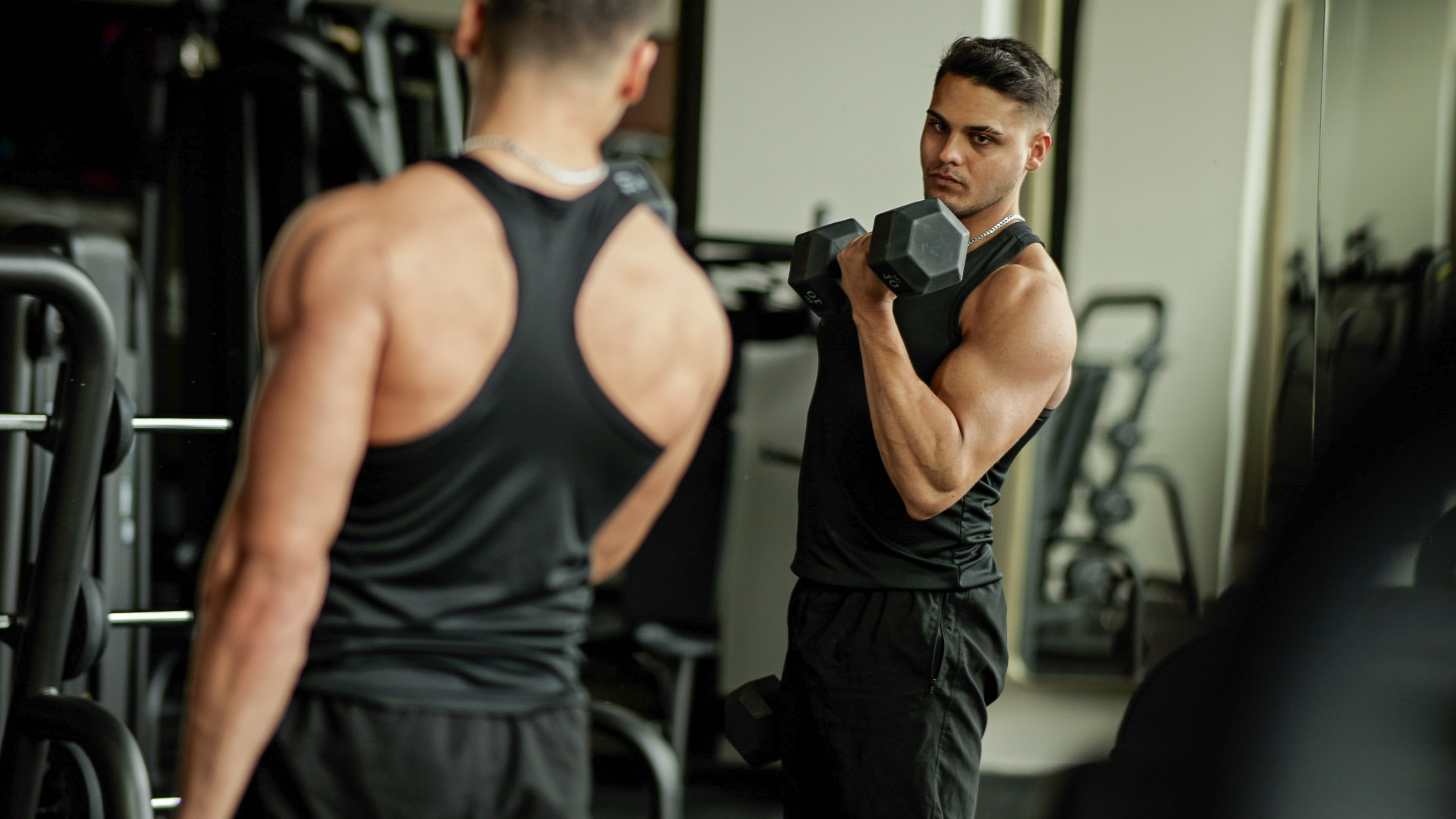 The best biceps exercise, according to science
The best biceps exercise, according to scienceHave you been training your biceps wrong this whole time?
By Lucy Miller Published
-
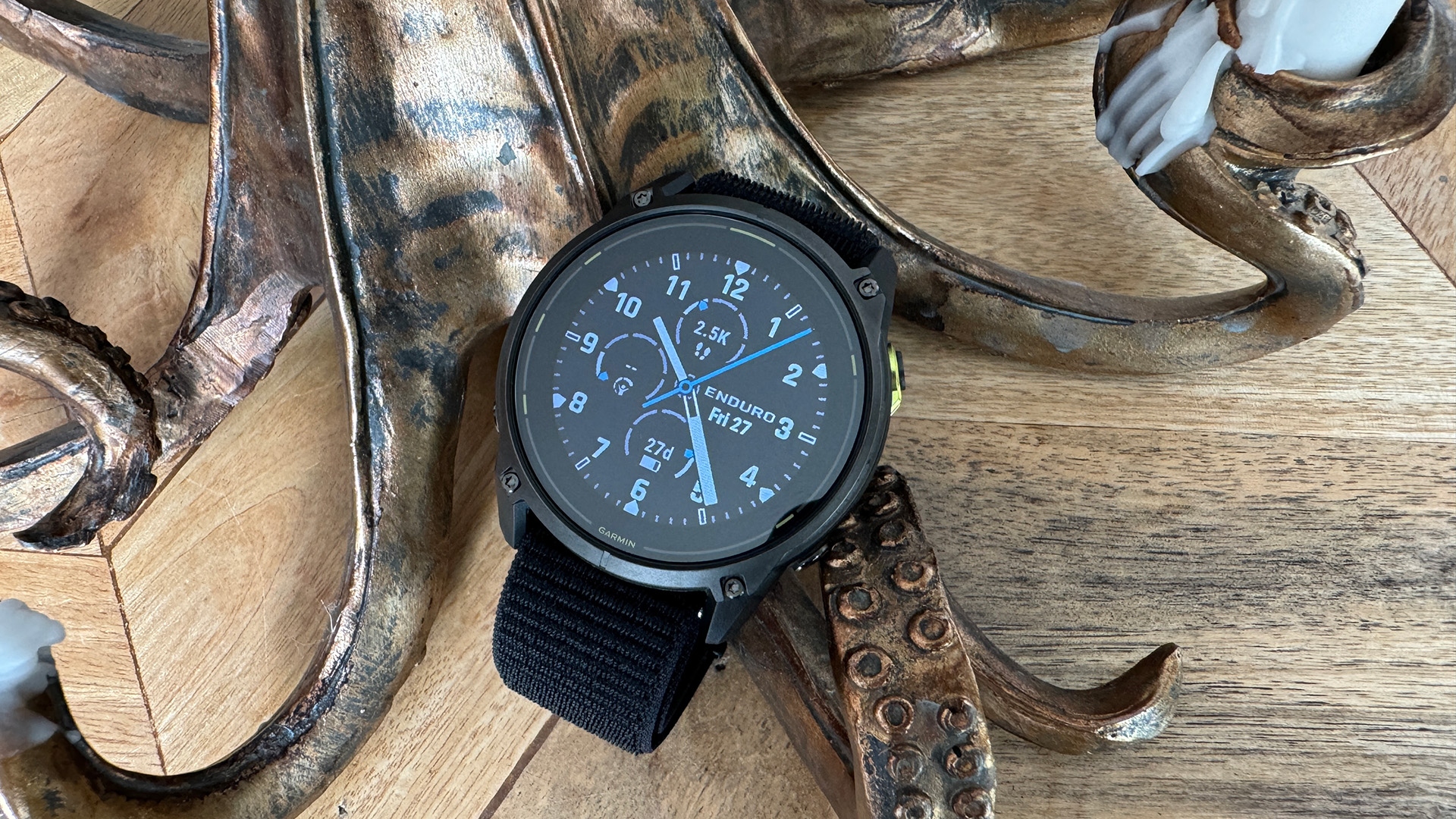 Garmin’s flagship watches just got smarter – here’s what's new in the latest beta update
Garmin’s flagship watches just got smarter – here’s what's new in the latest beta updateFenix 8, Enduro 3 and Fenix E all get a boost with Garmin’s latest beta software
By Lee Bell Published
-
 5 outdated running myths that you need to stop believing, say these experts
5 outdated running myths that you need to stop believing, say these expertsPut them in the bin, forget them!
By Bryony Firth-Bernard Published
-
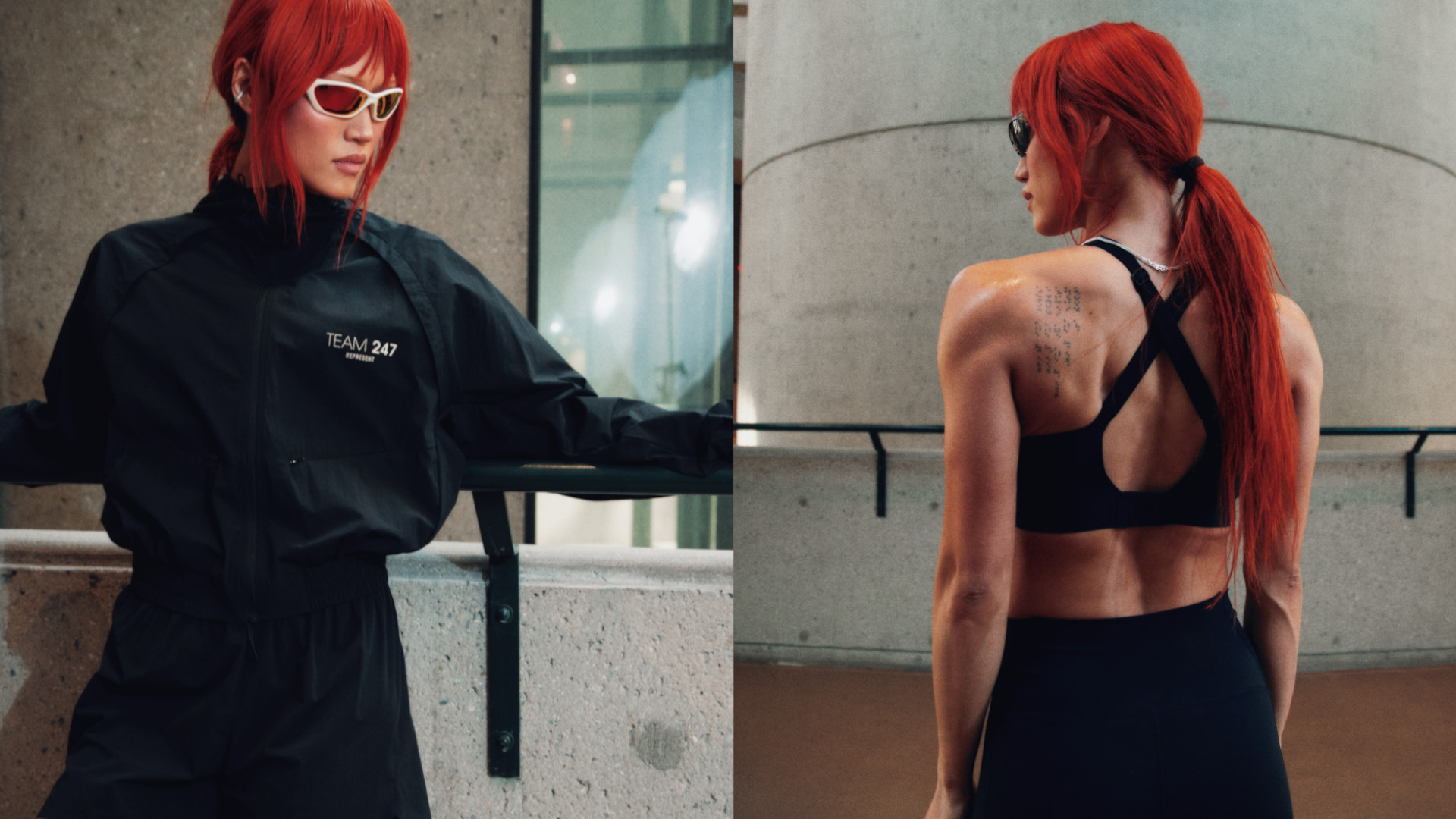 Finally! Represent 247 launches its first womenswear collection, taking you from street to gym in style
Finally! Represent 247 launches its first womenswear collection, taking you from street to gym in styleIt's about time guys
By Bryony Firth-Bernard Published
-
 3 chest exercises you’re probably not doing to supersize your pecs
3 chest exercises you’re probably not doing to supersize your pecsA killer pec pump awaits
By Bryony Firth-Bernard Published
-
 When’s the best time to take creatine?
When’s the best time to take creatine?The science-backed supplement is a must for building strength and muscle, but is there an optimal time to take it?
By Bryony Firth-Bernard Published
